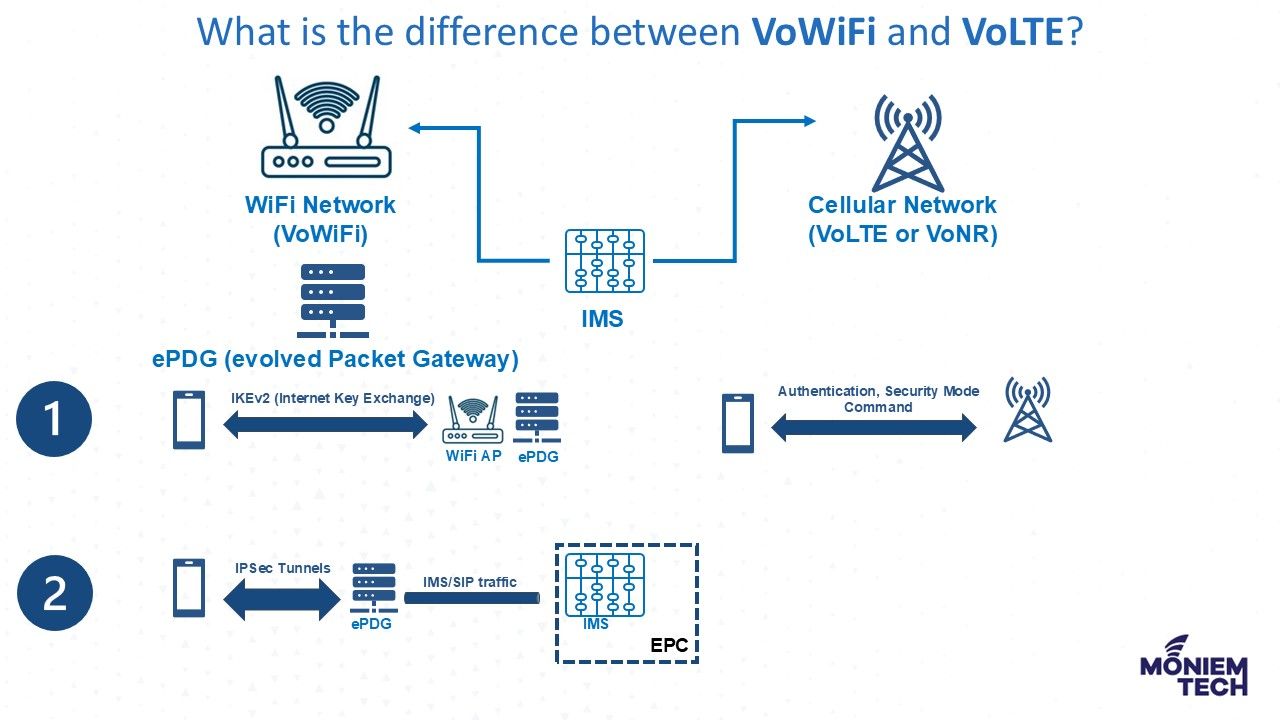
VoWiFi, or Voice Over WiFi, is an IMS Voice Call made through WiFi without using a cellular network like LTE or NR. It is similar to VoLTE (Voice over LTE) […]
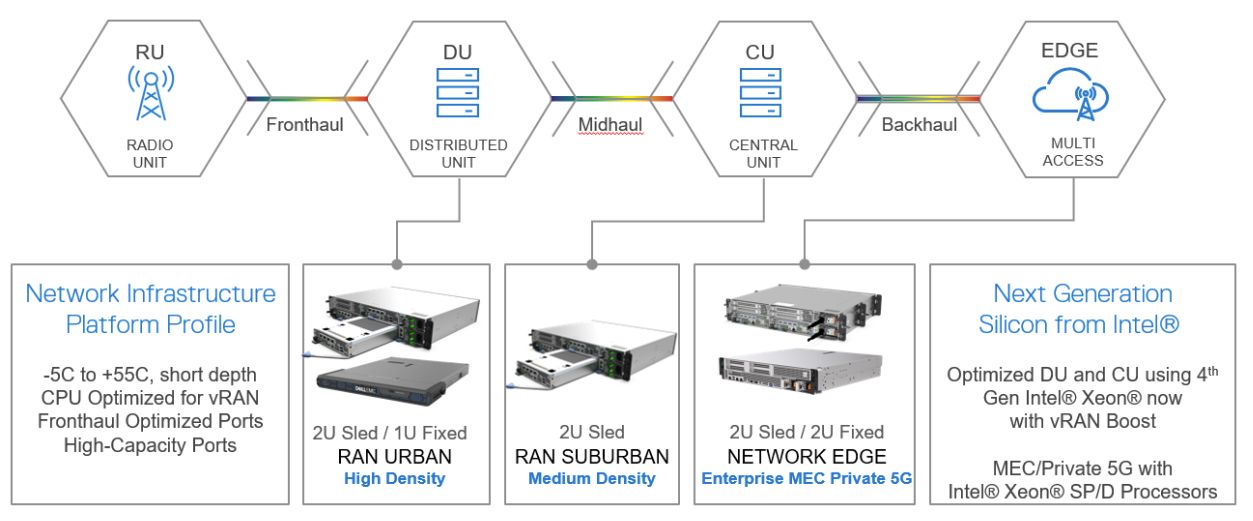
Thanks to open standard consortiums such as the ORANAlliance, an open ecosystem of disaggregated and interchangeable components is now available. Network equipment providers are now able to commoditize hardware and […]
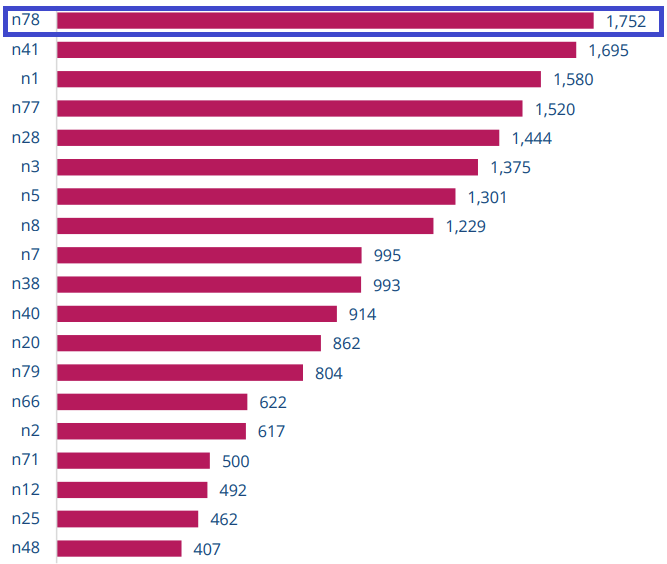
Recently, I read many discussions around 5G SA mainly really on mmWave spectrum which is Unique to 5G technology, as mmWave or millimeter Wave is the most capacity spectrum band […]
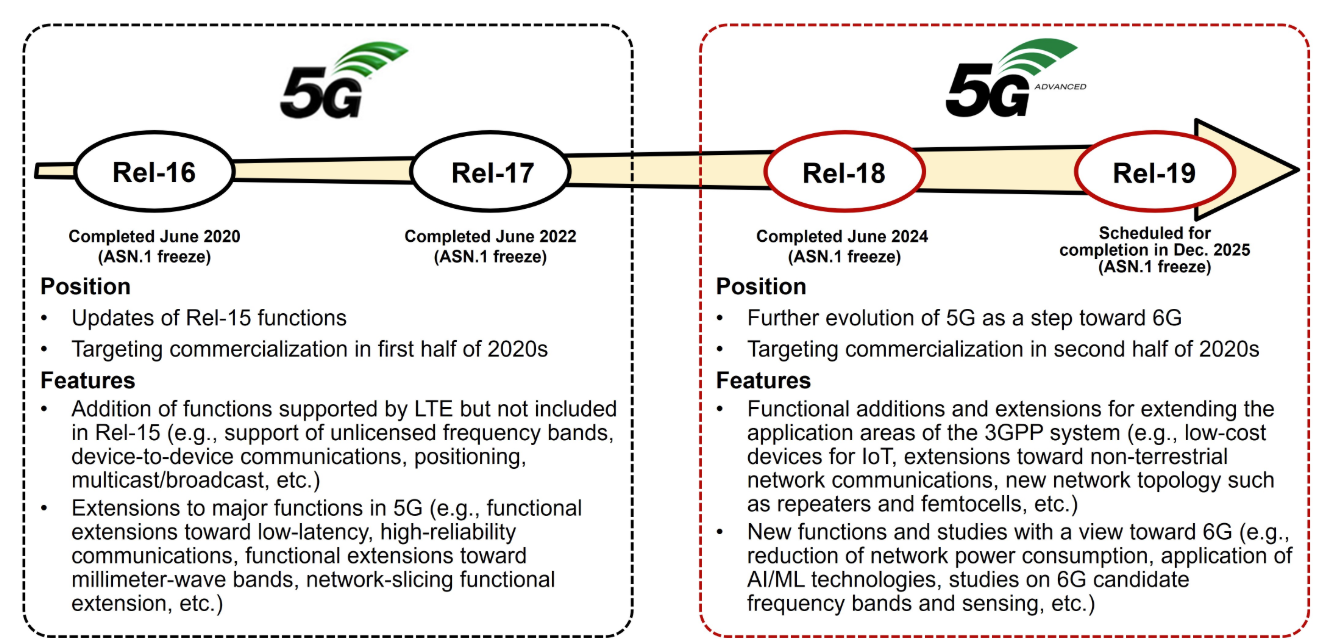
5G Release 15 was the first release of 5G and its specification was completed in June 2018. Release 16/17 specifications were drafted as extensions to 5G Release 15 with its […]
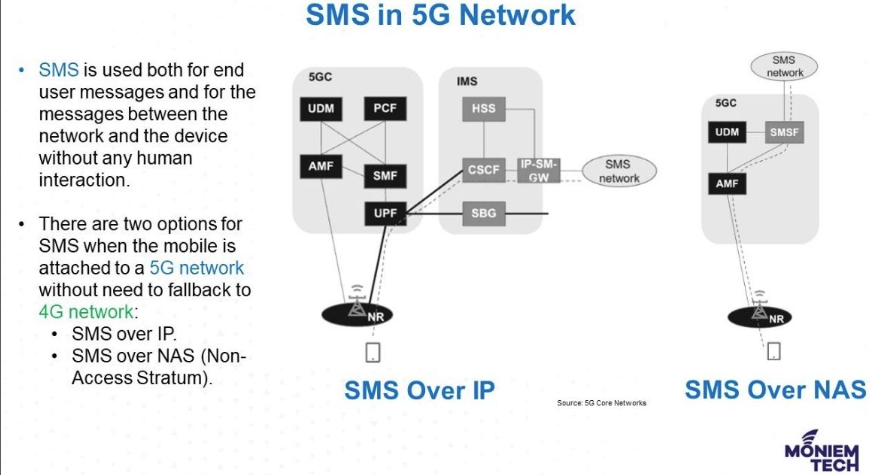
SMS stands for Short Message Service and is used both for end-user messages and between the network and the device without any human interaction. There are two options for SMS when […]
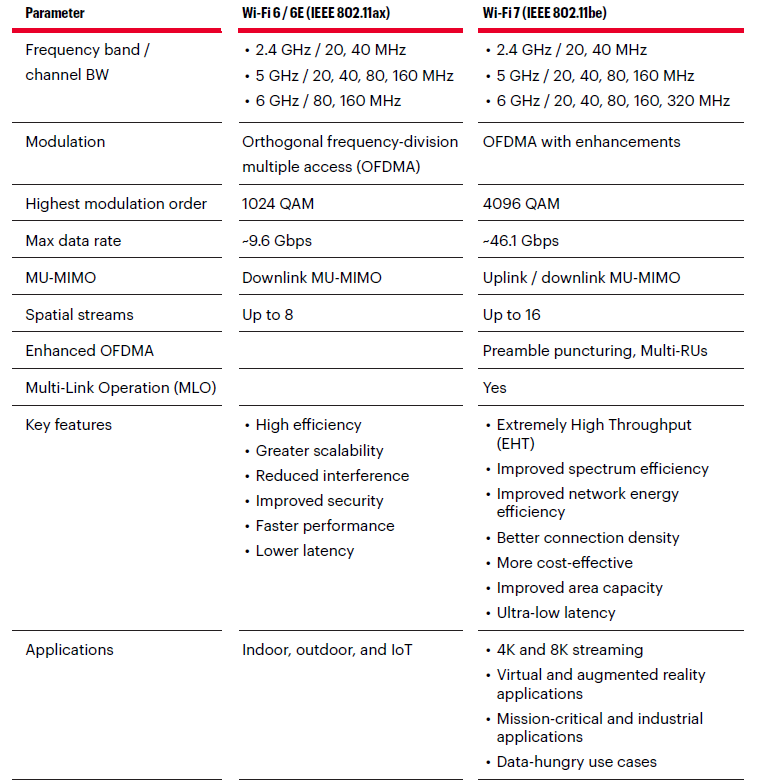
Wi-Fi 7 (IEEE 802.11be), the successor to Wi-Fi 6, introduces the 6GHz frequency band, doubling the maximum frequency bandwidth from 160MHz to 320MHz. It allows the 16×16 MIMO configuration and […]
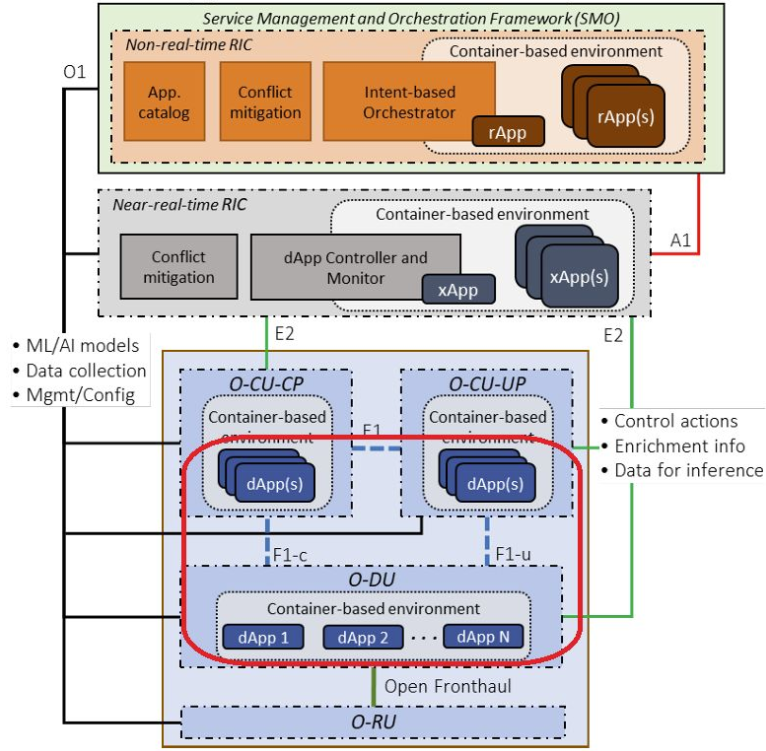
As you may know, there are two main components to RIC or RAN Intelligent Controllers (RICs) as below: Closed-loop control running at time scales of 10ms to 1s (Near-Real-Time, or […]
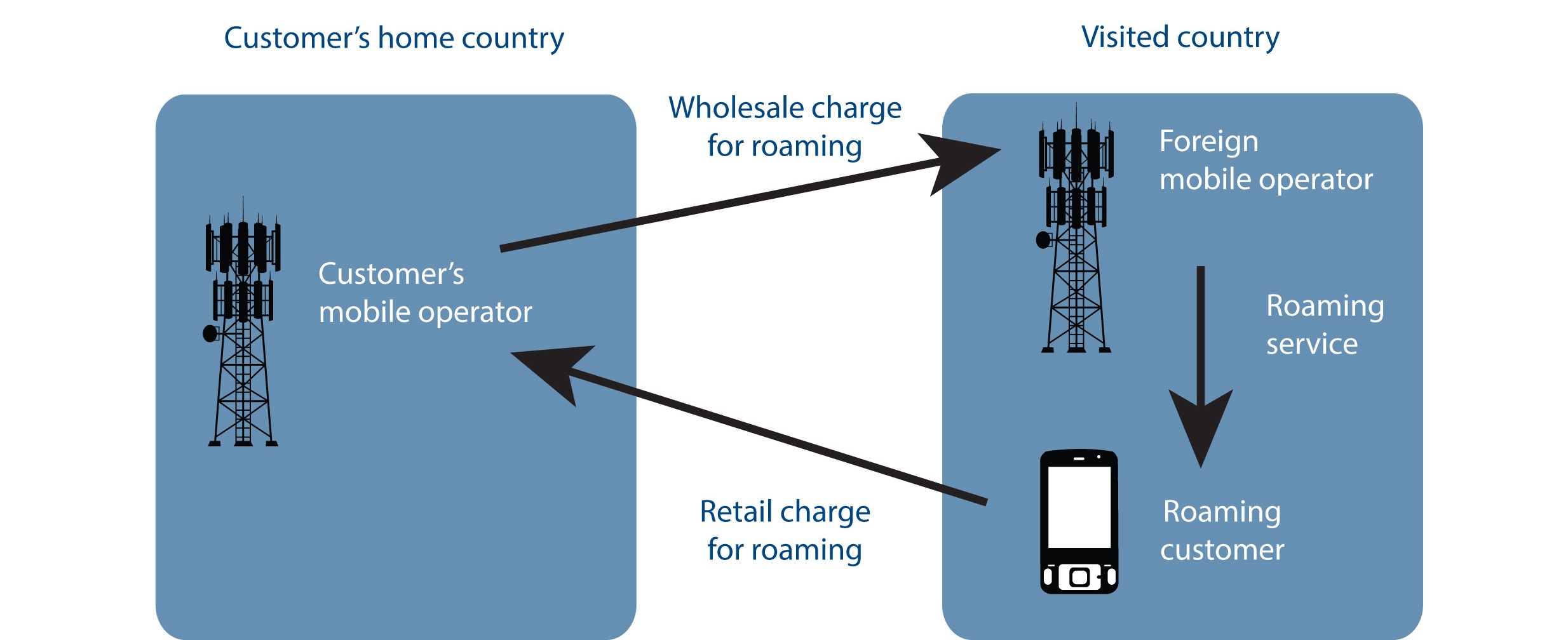
When going to the Roaming topic, sometimes you hear words like Wholesale Charge and Retail Charge. So What is the difference between them? The Wholesale Charge determines how much roaming costs […]
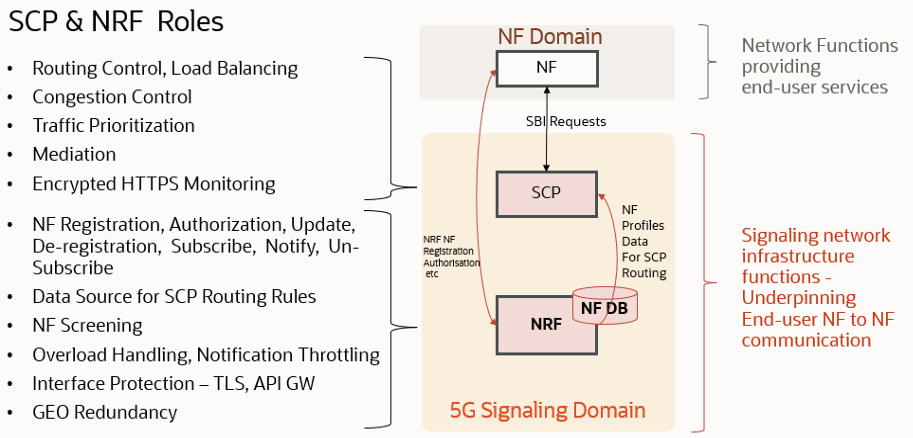
5G standalone (SA) operation, using a new core network, is foundational to mobile operators seeking to offer advanced 5G services with a low cost of production. 5G Service-based architecture (SBA) […]
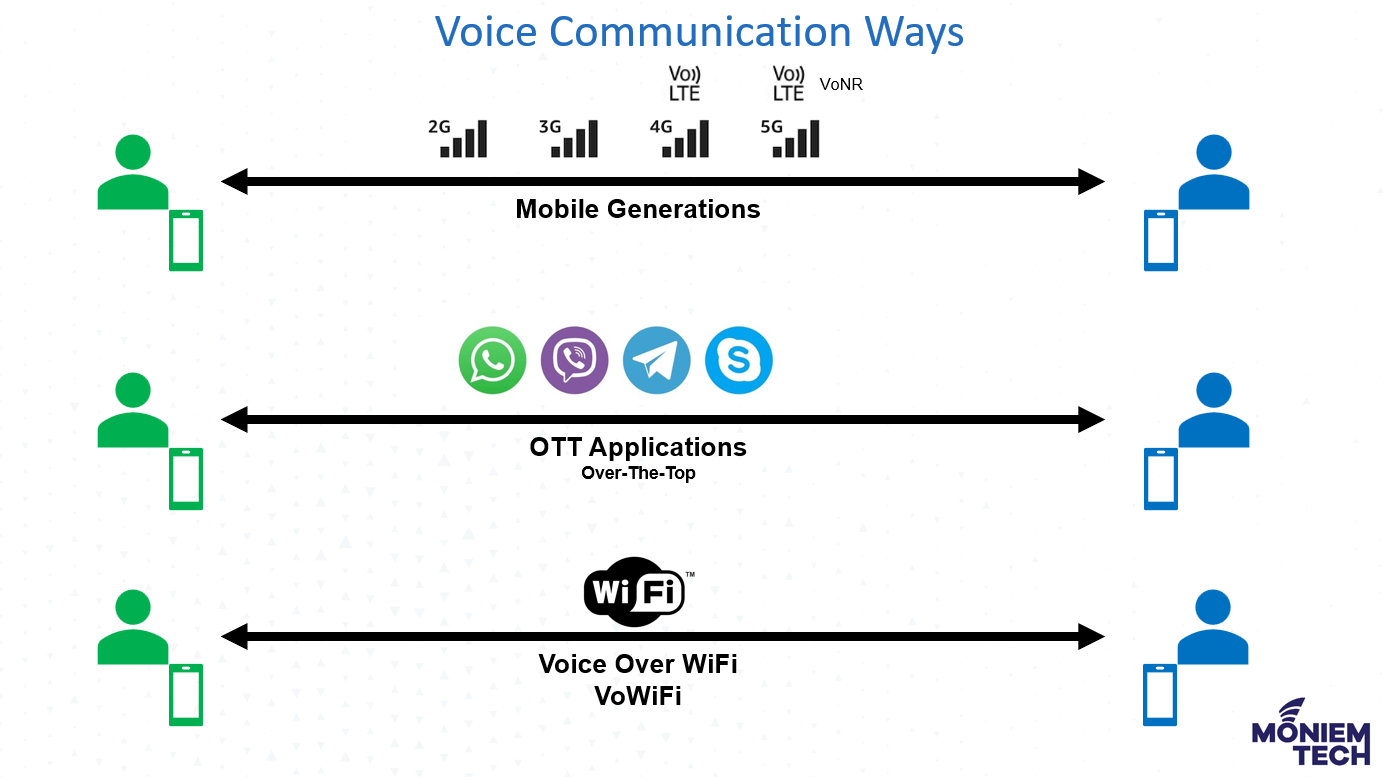
As per the Mobile Data Moves Indoors report, 80% of Mobile Traffic comes from Indoor locations. This means that good coverage and QoS in the building/indoors are a MUST. Let’s […]
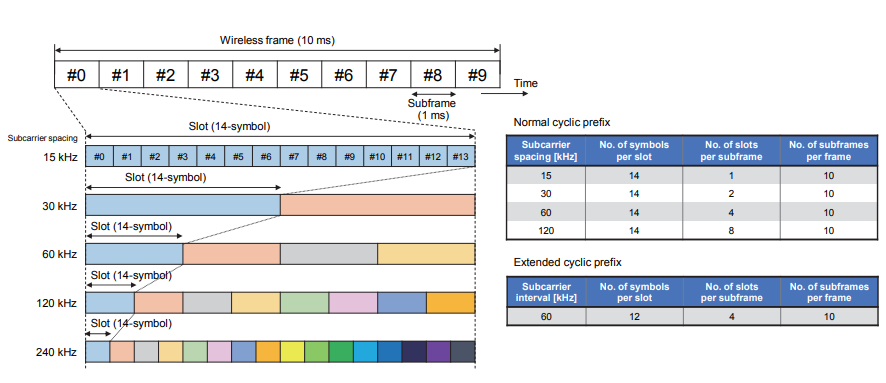
5G NR modulation and waveforms have some commonalities with LTE but aim to have much higher spectral efficiency. NR supports QPSK, 16 QAM, and 256 QAM with the same constellation […]
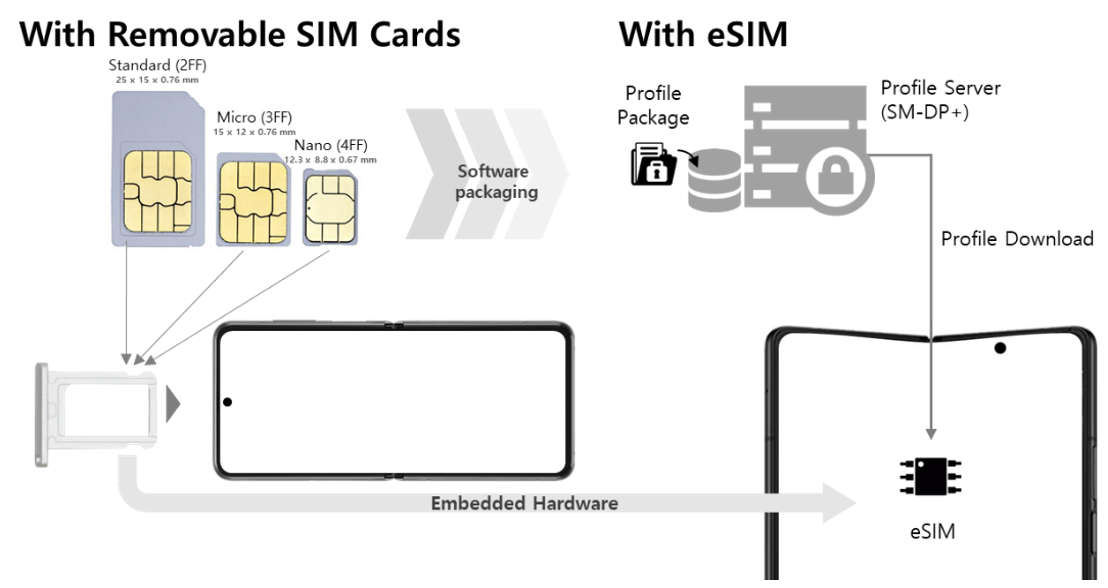
First, let’s understand an overview of eSIM Technology. eSIM(embedded SIM): The embedded SIM (also called eSIM or eUICC) is a new secure element designed to remotely manage multiple mobile network […]
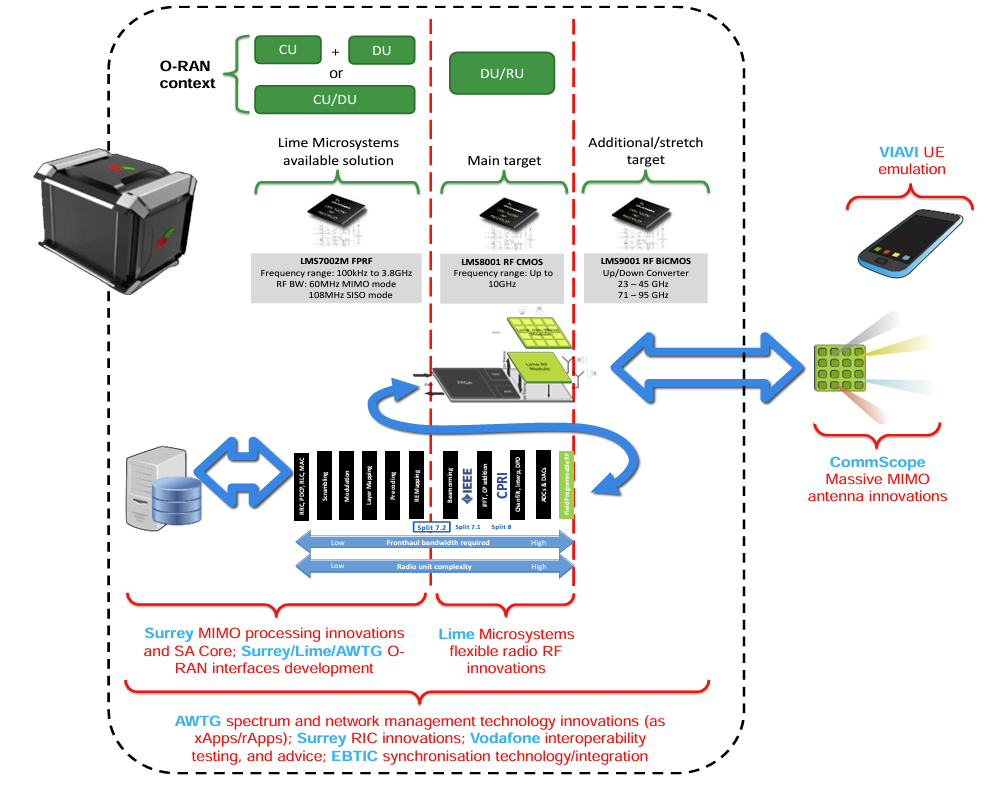
Let’s check the main highlights if you don’t know about this big project. The main focus of this project is creating an End-to-end Open RAN compliant, UK-developed 5G SA network. […]

RedCap 5G NR = Reduced Capability 5G NR. As per Ericsson, It’s estimated that the number of connected IoT devices will reach nearly 39 billion by 2029, a significant increase […]
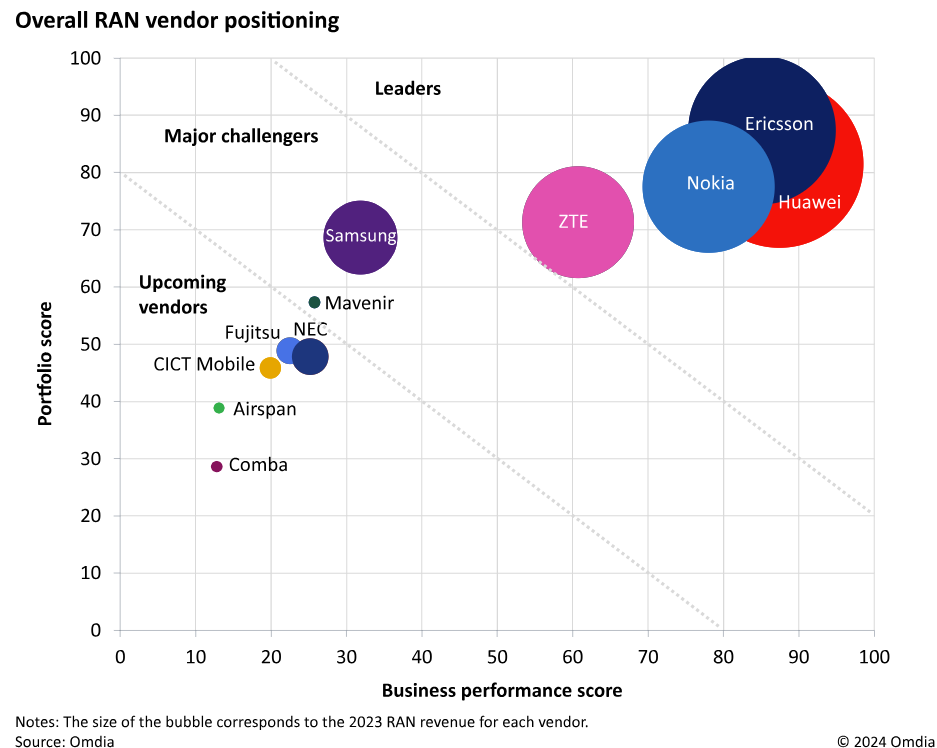
An interesting report from Omdia regarding ” Market Landscape: RAN Vendors 2024 “ The report is only for RAN Hardware and Software for macro base stations and small cells. Open […]
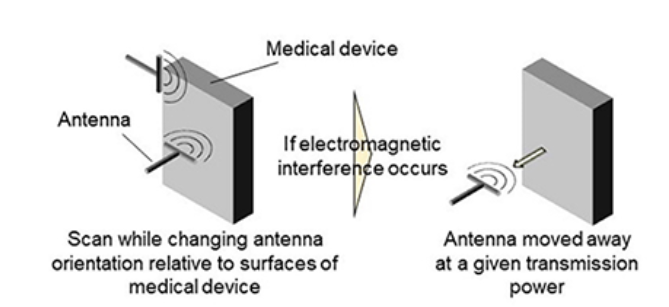
When I searched for the impact of 4G and 5G frequency spectrum on health/medical sector/hospitals, I found good Japanese research by NTT Docomo about this topic and here I concluded […]
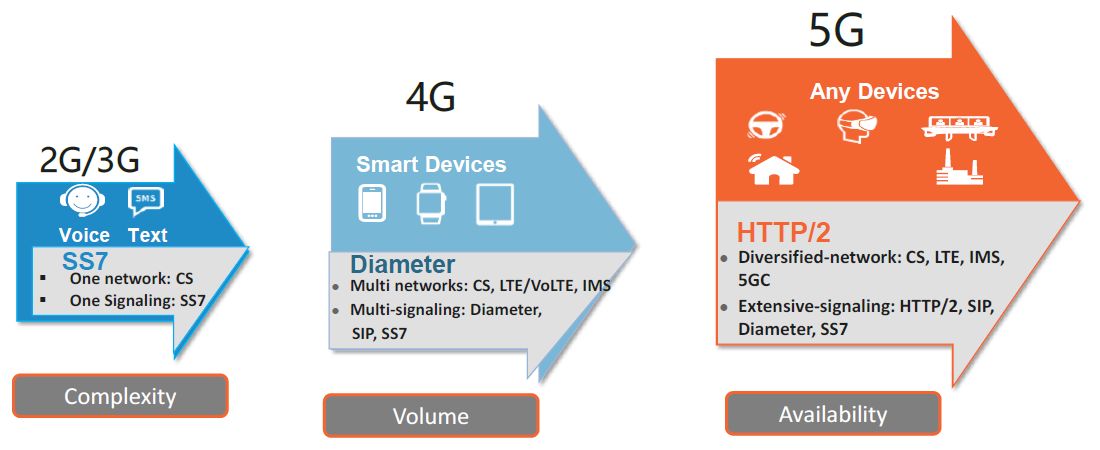
?In 2G and 3G, voice and text were the main services based on SS7 signaling. In these networks service availability was the priority. The Signal Transfer Point (STP) was the […]
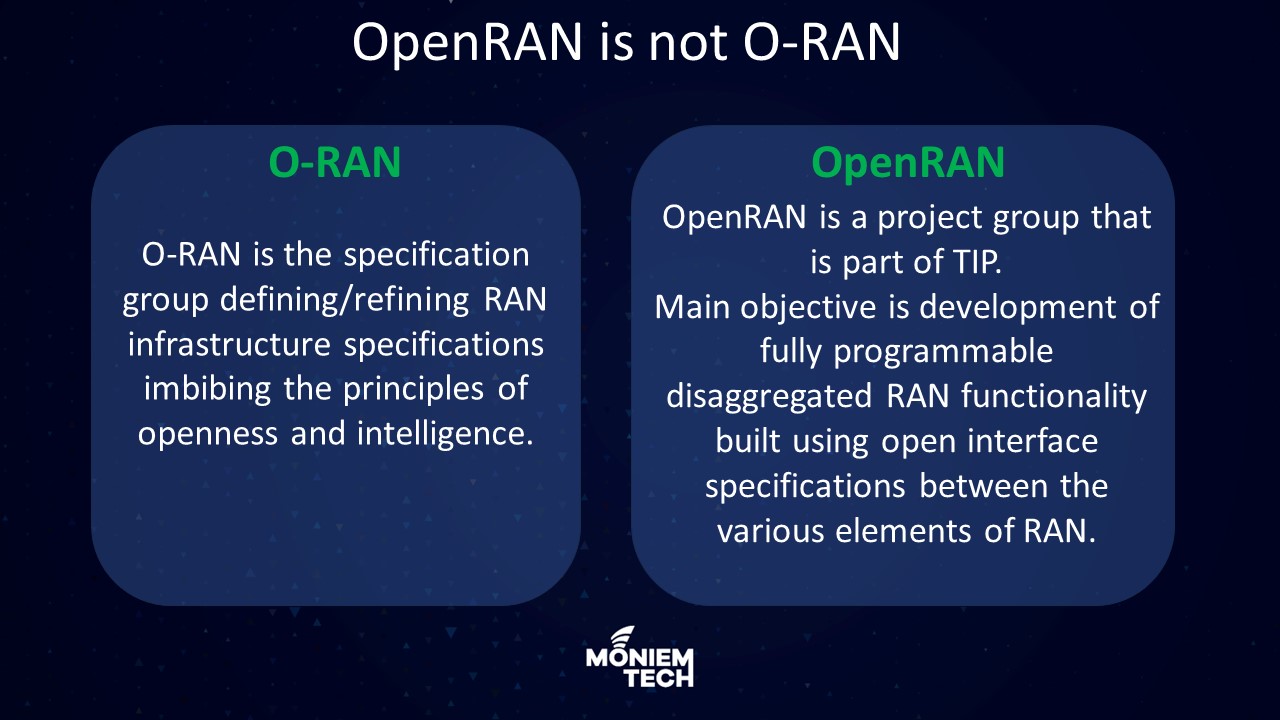
Generally speaking, I see many use the same word for different meanings, sometimes they need to refer to O-RAN and write OpenRAN and vice versa. So let’s understand the main […]
